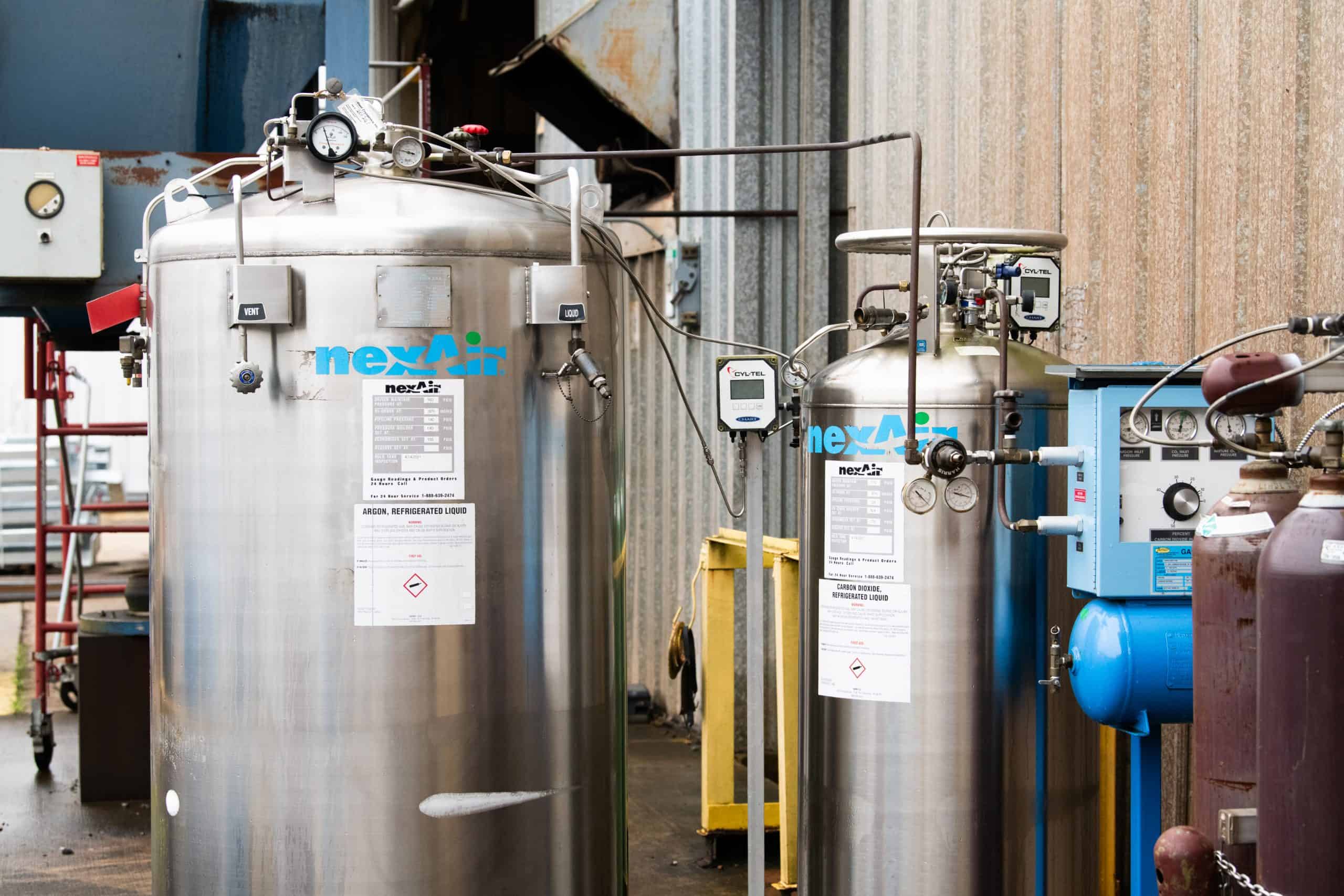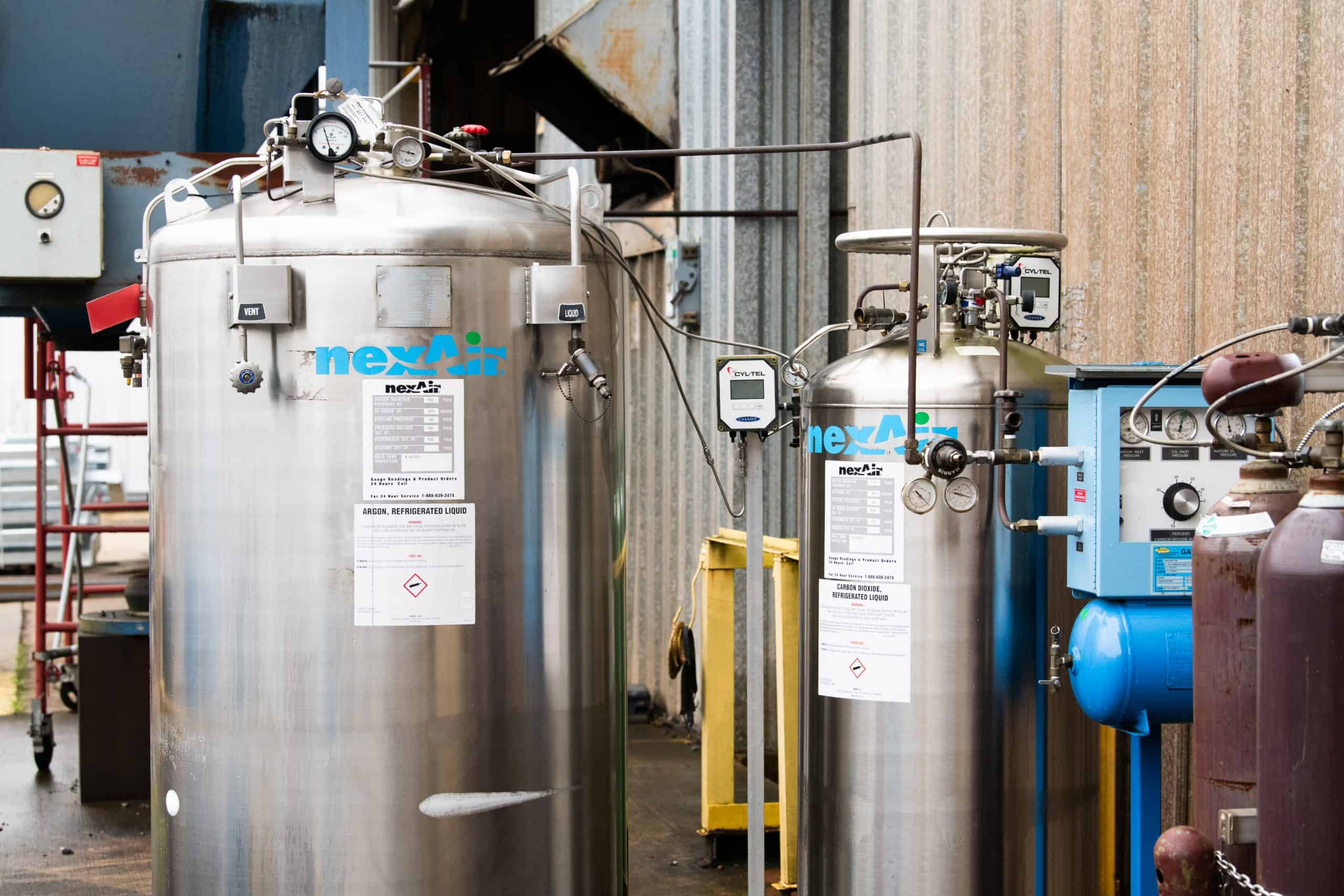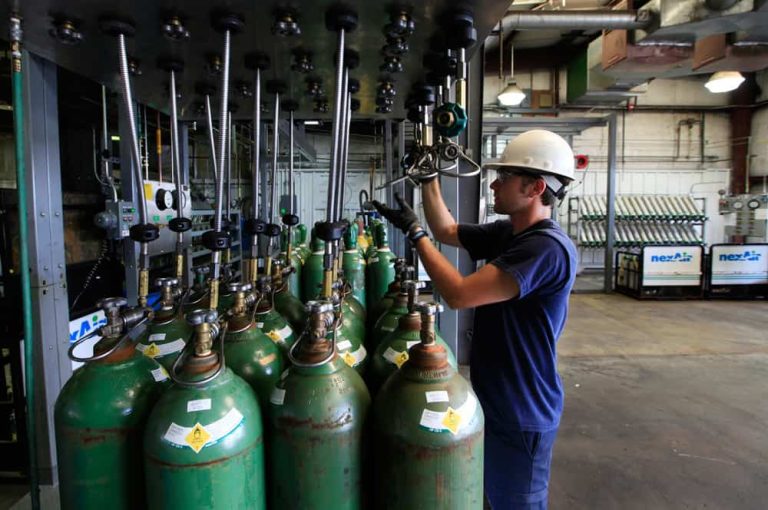Shielding Gases: The Optimal Choice for TIG and MIG Welding

Understanding the role of shielding gases in welding processes can greatly influence both the quality and cost-efficiency of your projects. Appropriate selection of gasses used in welding ensures reduced atmospheric contamination, improved arc stability, and enhanced welding performance. In this article, we delve into the specifics of commonly used gases in both TIG (Tungsten Inert Gas) and MIG (Metal Inert Gas) welding.
The Importance of Shielding Gases
Shielding gases serve as a barrier that protects the molten weld from atmospheric elements, such as oxygen and nitrogen. This prevention of unwanted reactions is crucial for achieving strong, durable welds with excellent aesthetic finish. Common shielding gases include argon, helium, carbon dioxide, and oxygen, each offering distinct advantages depending on the application.
TIG Welding Gas Selection
Pure Argon
Commonly used in TIG welding, pure argon is preferred for welding metals like mild steel, stainless steel, and aluminum. Its excellent ionization potential contributes to stable arcs and high-quality welds.
Helium
Helium is often added to argon in TIG welding for increased heat input, allowing better penetration for thicker or non-ferrous metals. It also reduces the risk of oxidation, essential for welding sensitive materials.
Hydrogen
A mix of hydrogen with argon, typically not exceeding 5%, can offer increased heat and aid in cleaner welds by reducing impurities and oxides.
MIG Welding Gas Choices
Carbon Dioxide and Argon Mixtures
In MIG welding, combinations like 75% argon and 25% CO2 improve penetration and arc stability. However, excessive CO2 can lead to welding fumes and less stable arcs.
Helium
Though higher in cost, helium is sometimes added to argon to increase welding speed and penetration depth. This is especially beneficial for non-ferrous materials that require more heat.
Oxygen
A controlled amount of oxygen can be mixed with argon to enhance arc stability without compromising the weld. Generally, only 2-5% is recommended to prevent brittleness caused by oxidation.
Welding Techniques and Considerations
Choosing the correct gas involves understanding the specific welding techniques and materials involved. For instance, argon is a standard base due to its versatility and ability to produce precise, clean welds.
Frequently Asked Questions
What gases are recommended for TIG welding?
For TIG welding, pure argon, helium, and small amounts of hydrogen are widely used for their ability to ensure clean, stable arcs and effective penetration.
Can I use carbon dioxide for MIG welding?
Yes, carbon dioxide is often used in combination with argon for MIG welding, providing deeper welds and increased penetration.
How do mixed gases improve welding processes?
Mixed gases can enhance various aspects of the welding process, such as penetration depth and arc stability, depending on their composition and the welding method used.
Shielding gases are an integral part of any welding process, affecting everything from arc stability to the final weld strength. Whether you’re a seasoned professional or a beginner, understanding and selecting the right shielding gas can lead to both improved results and cost efficiency.

